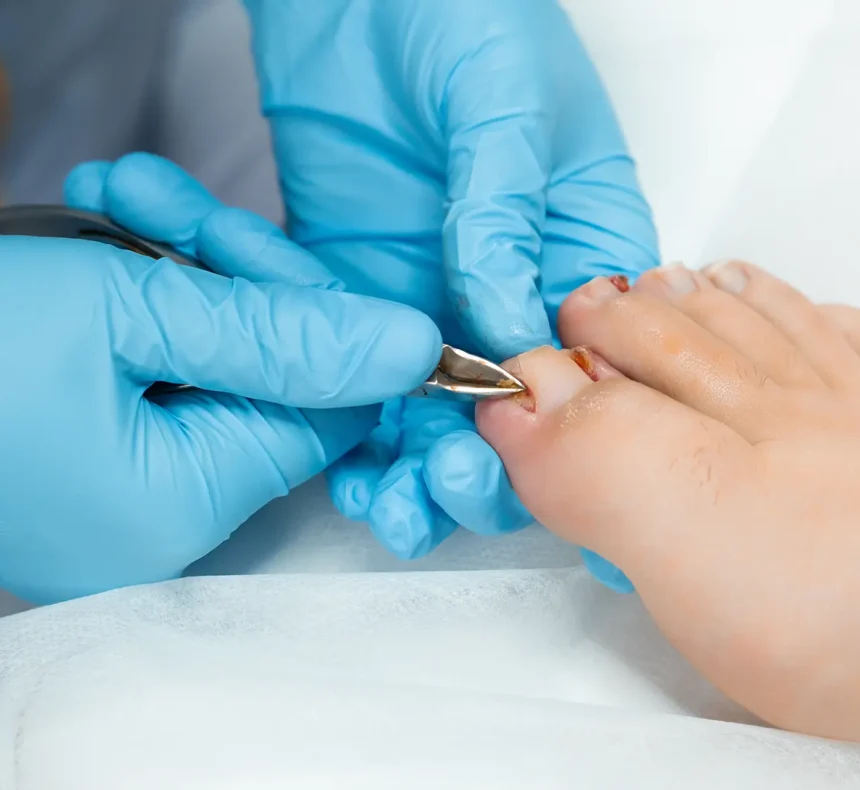The Achilles tendon is the largest tendon in your body, connecting your calf muscles to your heel bone. It plays a vital role in walking, running, and jumping — which is why pain in this area can make everyday activities difficult. If you’re experiencing Achilles tendon pain, you’re not alone. This is one of the most common foot and ankle problems treated by podiatrists.
What Causes Achilles Tendon Pain?
Achilles tendon pain usually develops from overuse or injury. Common causes include:
• Overuse injuries from running, jumping, or sports
• Sudden increase in activity level (e.g., running longer distances without building up gradually)
• Poorly fitting shoes or lack of supportive footwear
• Tight calf muscles that put extra strain on the tendon
• Bone spurs at the heel that irritate the tendon
• Age-related wear and tear (the tendon becomes less flexible over time)
Symptoms of Achilles Tendon Problems
You may have an Achilles tendon injury if you notice:
• Pain or stiffness in the back of the heel or lower leg, especially in the morning
• Pain that worsens with activity, particularly running or climbing stairs
• Swelling or thickening of the tendon
• Tenderness when the tendon is squeezed
• A sudden, sharp pain or “popping” sensation (which may indicate a tendon rupture — a medical emergency)
Home Remedies for Achilles Tendon Pain
If your pain is mild and there’s no sign of rupture, you may find relief with:
• Rest: Avoid activities that make the pain worse.
• Ice therapy: Apply ice packs for 15–20 minutes to reduce inflammation.
• Supportive shoes: Wear footwear with proper cushioning and heel support.
• Heel lifts or insoles: These can reduce strain on the tendon.
• Gentle stretching: Calf stretches may help improve flexibility.
⚠️ Do not ignore persistent pain. Continuing activity despite discomfort can make the injury worse and lead to chronic problems.
Professional Treatment for Achilles Tendon Pain
If home care doesn’t help, or if the pain is severe, a podiatrist can provide tailored treatments, such as:
• Custom orthotics to support your foot and ankle
• Physical therapy exercises to strengthen the tendon
• Shockwave therapy for stubborn cases
• Anti-inflammatory treatments (as advised by your podiatrist or doctor)
• In severe cases, referral for surgical options if the tendon is torn or ruptured
When to See a Podiatrist
Book an appointment right away if:
• The pain is persistent or worsening
• You notice swelling, stiffness, or thickening in the tendon
• You felt a sudden sharp pain or heard a “pop” in the tendon (possible rupture)
• Walking, running, or everyday activities are becoming difficult
The Bottom Line
Achilles tendon pain is common but shouldn’t be ignored. Whether it’s caused by overuse, poor footwear, or injury, professional podiatry care can help you recover and prevent future problems.

